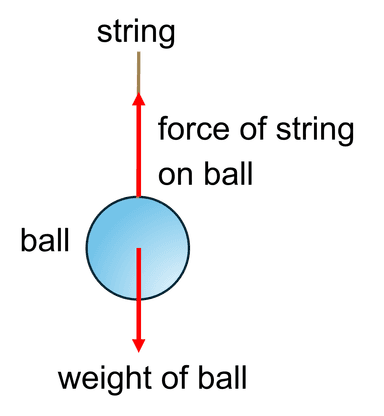Myths about teaching can hold you back
- Year 11
- OCR
- Higher
Newton’s Third Law (with free body diagrams in 2D)
I can draw force diagrams and identify pairs of forces that obey Newton’s Third Law.
- Year 11
- OCR
- Higher
Newton’s Third Law (with free body diagrams in 2D)
I can draw force diagrams and identify pairs of forces that obey Newton’s Third Law.
These resources were made for remote use during the pandemic, not classroom teaching.
Switch to our new teaching resources now - designed by teachers and leading subject experts, and tested in classrooms.
Lesson details
Key learning points
- Some forces require contact between objects, while others do not.
- Forces are vectors and can be drawn as arrows on diagrams.
- A free body diagram shows all of the forces acting on a single object.
- For every force there is an equal sized force acting in the opposite direction.
- Force pairs have the same magnitude and type, and act in opposite directions between two objects.
Keywords
Non-contact force - A force that exists between objects, even if they are not touching.
Contact force - A force that exists between objects when they are touching.
Normal contact force - The overall effect of a set of forces acting on an object is represented by a single resultant force.
Free body diagram - A diagram showing all of the forces acting on a single object.
Newton’s third law - Forces come in equal and opposite pairs, which act on pairs of different objects.
Common misconception
Pupils may regard force as a property of an object, expressing ideas such as ‘the object has a force’ and ‘the object runs out of force’.
Describe forces as interactions between two objects, using the phrasing ‘the force of object A on object B’.
To help you plan your year 11 physics lesson on: Newton’s Third Law (with free body diagrams in 2D), download all teaching resources for free and adapt to suit your pupils' needs...
To help you plan your year 11 physics lesson on: Newton’s Third Law (with free body diagrams in 2D), download all teaching resources for free and adapt to suit your pupils' needs.
The starter quiz will activate and check your pupils' prior knowledge, with versions available both with and without answers in PDF format.
We use learning cycles to break down learning into key concepts or ideas linked to the learning outcome. Each learning cycle features explanations with checks for understanding and practice tasks with feedback. All of this is found in our slide decks, ready for you to download and edit. The practice tasks are also available as printable worksheets and some lessons have additional materials with extra material you might need for teaching the lesson.
The assessment exit quiz will test your pupils' understanding of the key learning points.
Our video is a tool for planning, showing how other teachers might teach the lesson, offering helpful tips, modelled explanations and inspiration for your own delivery in the classroom. Plus, you can set it as homework or revision for pupils and keep their learning on track by sharing an online pupil version of this lesson.
Explore more key stage 4 physics lessons from the Forces make things change unit, dive into the full secondary physics curriculum, or learn more about lesson planning.

Equipment
None required.
Licence
Prior knowledge starter quiz
6 Questions
Q1.What is the difference between scalar quantities and vector quantities?
Q2.Which of the following are vector quantities?
Q3.What is the meaning of the prefix ‘m’ in the units mm and mg?
Q4.What is the meaning of the prefix ‘k’ in the units km and kg?
Q5.What is the meaning of the prefix ‘M’ in the units MW and MJ?
Q6.Which of the following lengths are equal to 8.2 m?
Assessment exit quiz
6 Questions
Q1.Match the following key terms to their definition.
one force representing the overall effect of all forces on an object
a force that exists between objects only when they are touching
a force that exists between objects even if they are not touching
Q2.A block rests on a table. Which of the following diagrams correctly shows the weight of the block?
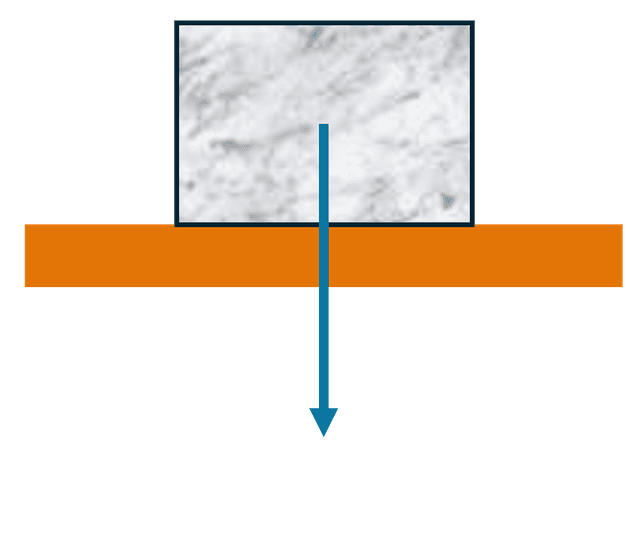

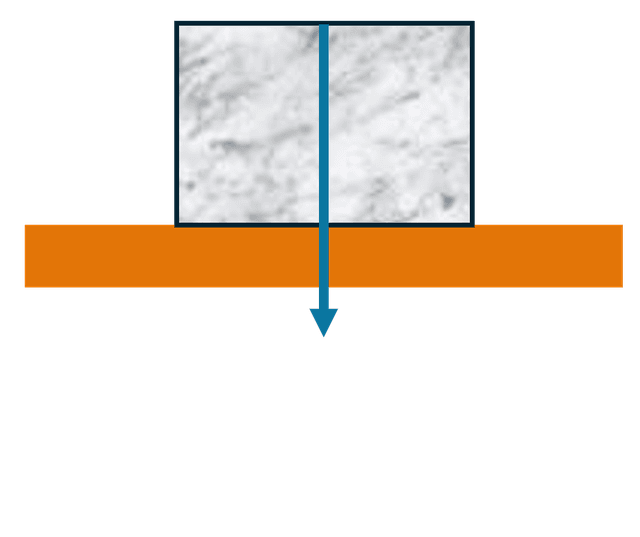
Q3.A footballer kicks a football. Which of the following diagrams correctly shows the force of the boot on the football?
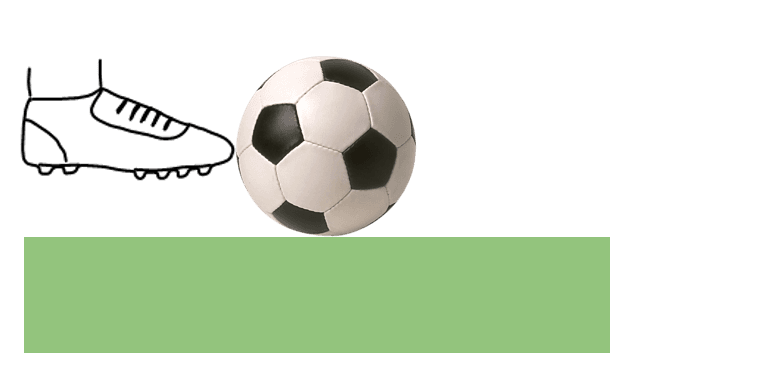


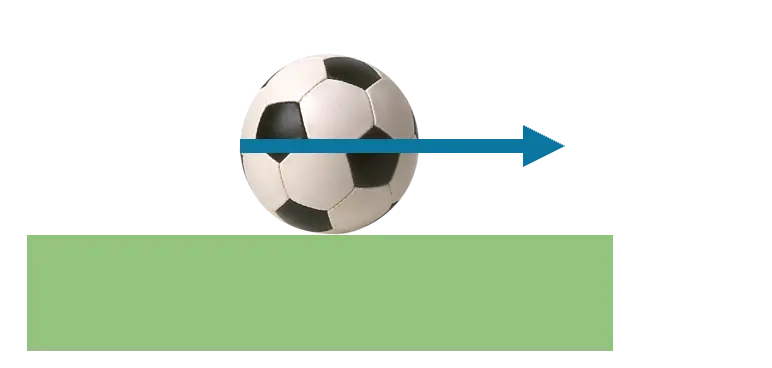
Q4.Newton’s Third Law explains that interactions can be described by a pair of forces, sometimes called a ‘third law pair’. Which of the following are characteristics of the forces in a third law pair?
Q5.A block rests on a table. Which of the following is the correct free body diagram for the block?
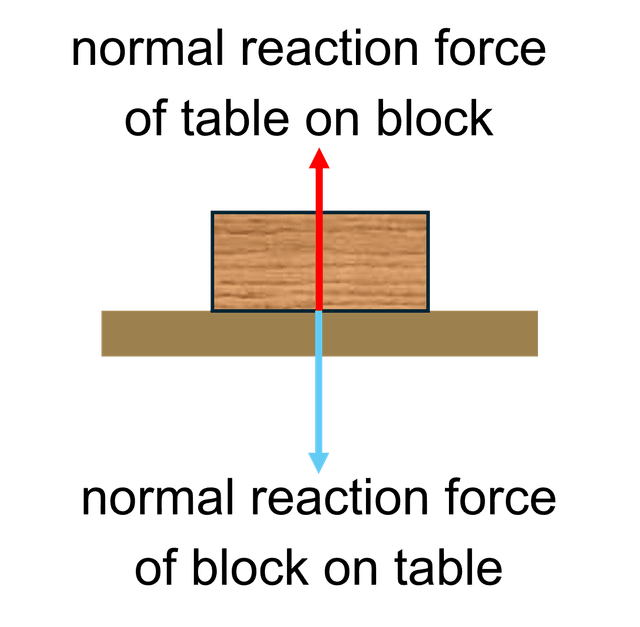
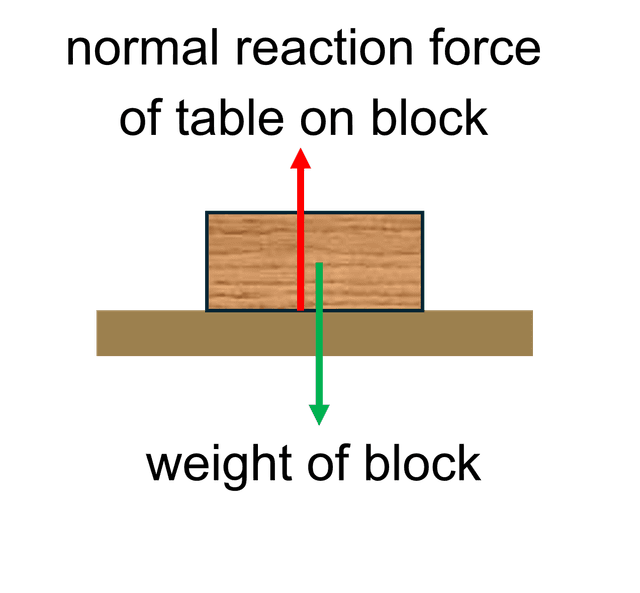
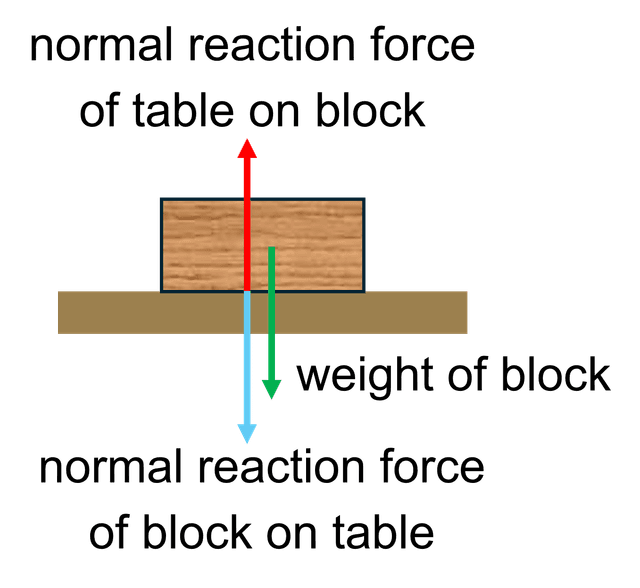
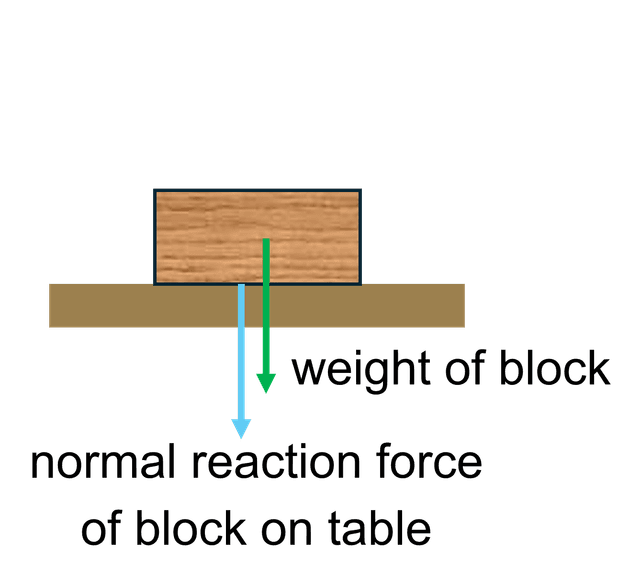
Q6.The diagram shows a ball hanging from a spring without moving. Two forces are shown. Which of the following statements are correct?
